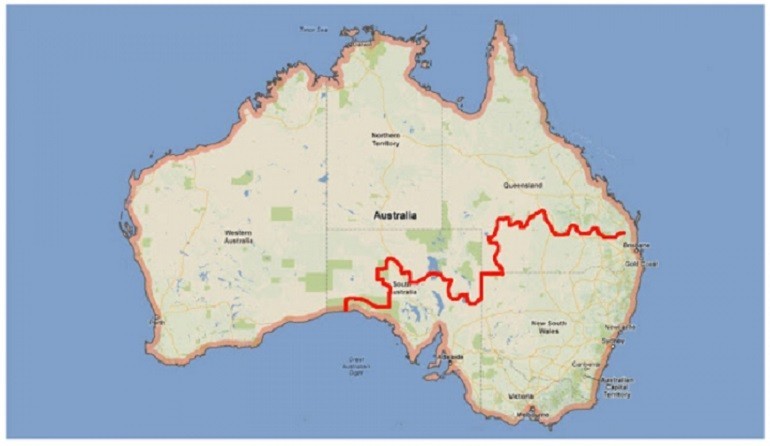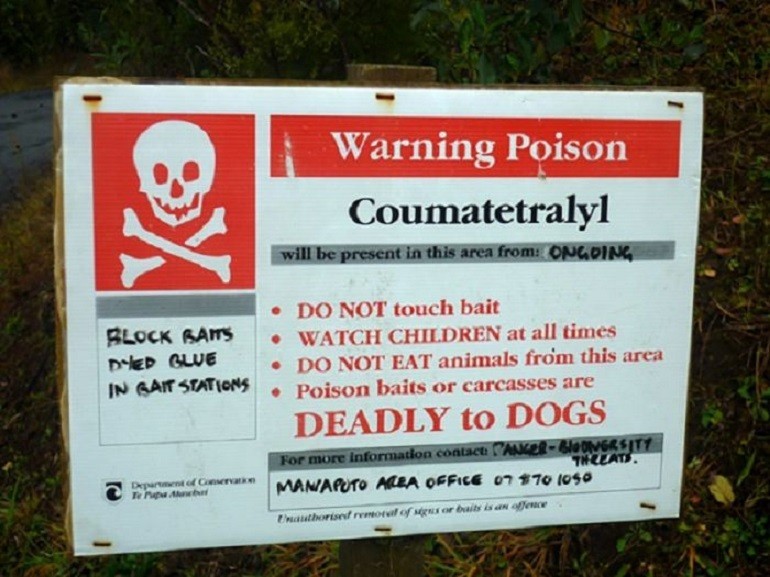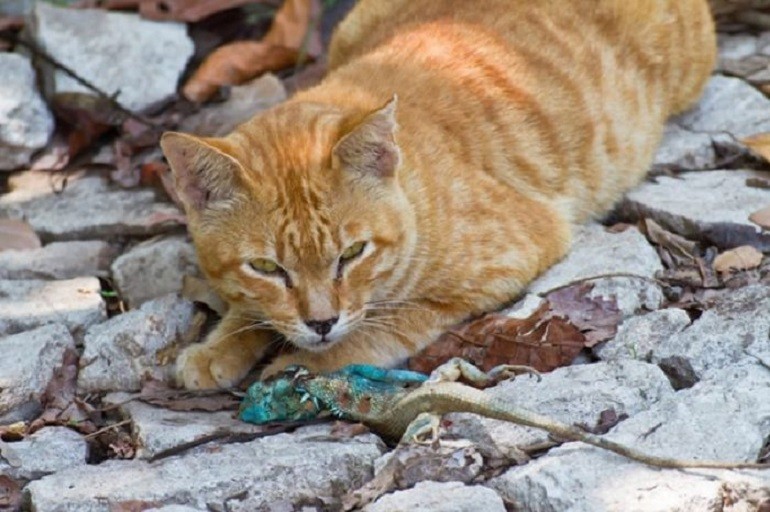
The Great Wall vs. Cats
In the eyes of the average person, cats are seen as adorable fluffy creatures that provide love and affection. However, on the continent of Australia, a fierce battle has been raging between humans and feral cats for many years. With a population of 20 million, these cats pose a significant threat to the native fauna.

This led to the construction of a massive electrified fence, known as the "anti-cat" fence, in Australia. In the absence of natural predators, a couple of hundred cats can decimate 100 thousand rabbits, birds, and rodents annually. Environmentalists estimate that wild cats in Australia kill over 3 million birds, reptiles, and mammals each day, resulting in the death of more than 2 thousand small animals every minute.
The wild cats in Australia are believed to have descended from the pets of the early settlers. As a result of their predatory nature, Australia has already lost 29 rare animal species, with an additional 40 species on the brink of extinction. Despite a failed attempt in 2015 to eradicate 2 million cats, there is currently no effective strategy for controlling the cat population in Australia.

These feral cats have adapted to the desert environment, requiring no external water source as they obtain moisture from their prey. Alarmed by the devastation caused by cats, environmentalists have resorted to building a 3-meter-high electrified fence spanning 44 kilometers around the Newhaven National Nature Reserve to protect the local fauna.
This initiative was spearheaded by the Australian animal protection organization Wildlife Conservancy (AWC) as the first step towards establishing 11 large-scale fenced reserves across the country. Drawing from past successes, the organization aims to create a predator-free zone encompassing approximately 9,400 hectares.

Australia has a history of constructing such protective fences, with the Dog Fence being a notable example from the 1880s designed to shield sheep pastures from wild Dingo dogs. Stretching over 5,600 kilometers today, the Dog Fence illustrates the country's commitment to preserving its ecosystems.
Introduced to Australia by sailors in the 1700s, cats have had a devastating impact on the local wildlife due to their predatory behavior. With nature struggling to adapt to this sudden influx of efficient predators, over 100 animal species are on the brink of extinction, with more than 20 facing disappearance directly due to the presence of cats.

In an attempt to curb the feral cat population, a controversial strategy involving aerial distribution of poison-laced sausages using poison 1080 was devised in 2015. While effective in managing pest populations, poison 1080 remains a topic of debate due to its toxicity and environmental impact. Nevertheless, this method mirrors New Zealand's efforts in tackling invasive species like rats and feral cats, which threaten native species such as the vulnerable kiwi bird.

Since the inception of the feral cat eradication program, approximately 211,000 cats have been eliminated, mainly through shooting. However, recent efforts have seen poisoned sausages strategically deployed across residential areas in Australia in a bid to significantly reduce the feral cat population by the end of this year.

The decision to use poison has ignited widespread controversy locally and internationally. Animal welfare organizations, including PETA, have vehemently opposed the method, advocating for a more humane approach such as gradual sterilization of cats. In response, local scientists argue that sterilizing a large number of wild cats is logistically challenging and if not done comprehensively, it may prove ineffective in curbing the population.

Internally, divisions persist within the Australian government regarding the best approach to managing overpopulations of certain wildlife species. A parallel can be drawn from a previous scenario concerning kangaroos, where the government deliberated on various solutions including culling, capturing, and euthanizing, and poisoning. Despite considering poisoning, the government ultimately refrained from using poison due to concerns about its impact on the ecosystem.
The issue of non-targeted poisoning remains a point of contention. The fear of inadvertently harming other wildlife through the consumption of poisoned creatures raises significant ecological concerns. While the use of Poison 1080 was selected to address many of these apprehensions, skepticism persists regarding its long-term effects on non-target species.

Poison 1080, derived from a blend of local plants, is touted for its potency and swift, humane mode of action. Administered in minuscule doses, it disrupts brain function, inducing unconsciousness before halting organ functioning and resulting in swift death. Proponents argue that this method minimizes animal suffering as the organism becomes unconscious within 15 minutes of exposure.
Conversely, critics like PETA emphasize the lack of comprehensive research on the poison's prolonged impact and warn of potential catastrophic consequences stemming from its application.

Although debates rage on within the country, Queensland has taken a proactive stance by incentivizing locals to contribute to the eradication efforts by offering rewards for cat scalps. This initiative underscores the urgency and varied perspectives surrounding the contentious issue of feral cat control in Australia.




















Comments
0 comment